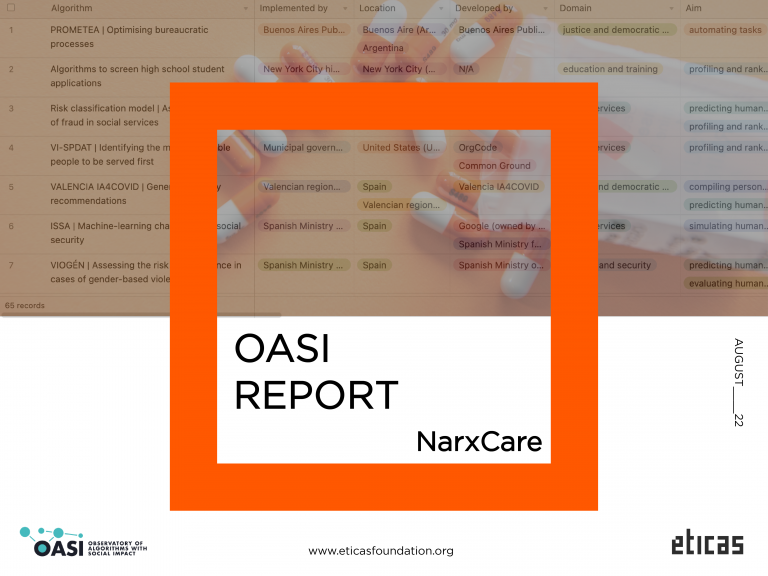
The “Sistema de Identificación Nacional y Tributario” (SINTyS) is an Argentinian government information platform whose purpose is to coordinate and centralize national databases. Created in 1998 under “decreto 812”, SINTyS is defined as a “data network that allows Public Organisms to share their information for correct decision-making (Avaro 2014).” While this system has been justified as a means to efficiently allocate social benefit services, it is considered by some as a supra parallel system of intelligence beyond the Federal Intelligence Agency (ibid).
SINTyS was born as a management tool to face the challenge of making efficient public spending choices in the context of the nineties’ structural reforms. In 2003, the SINTyS first demonstrated its potential. At that time, the program analyzed nine social programs that represented 95.4% in terms of the allocated budget, controlling a total of 47,994 million identification crosses (ibid).
It was designed to recognize three groups of socioeconomic dimensions: income (salaries, capital benefits, income, other professional income, pensions, etc.), assets (real estate, shares, automotive, bank deposits, bonds, etc.) and personal consumption (banked consumption, credits, payment plans, etc.) (ibid). As a flexible and scalable system, it interacts with public and private databases, allowing for low-cost updates and track citizen behavior across multiple spheres. In 2001, it had 215 integrated databases, which grew to 650 in 2005, 1,400 in 2011, and 1695 in March 2015. In 2005, almost five years before the modernization of digital biometrics, it had a record of 33 million validated people. Currently, there are 40 million. At present, according to official data of the SINTyS, there are 382 public organisms (70 national, 229 provincial, 83 municipal and an unclassified remainder (ibid).
SINTyS presents itself to be an effective distributive tool of social benefits. However, given the scale and scope of its operations and its use of sensitive data, the system should still not escape assessment with respect to the inherent risks it poses to citizen’s privacy (ibid).






